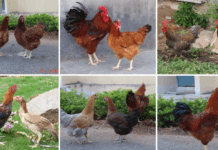वृत्त विशेष
शेतकरी, शेतमजूर, दिव्यांग, मच्छिमार व मेंढपाळांच्या समस्या सोडविण्याबाबत सकारात्मक – महसूल मंत्री चंद्रशेखर...
मुंबई,दि.३: शेतकरी, शेतमजूर दिव्यांग, मच्छिमार व मेंढपाळांच्या समस्यासंदर्भात सकारात्मक निर्णय घेण्यात येईल असे महसूलमंत्री चंद्रशेखर बावनकुळे यांनी सांगितले.
विधानभवन येथे महसूल मंत्री चंद्रशेखर बावनकुळे यांच्या अध्यक्षतेखाली विविध...










































